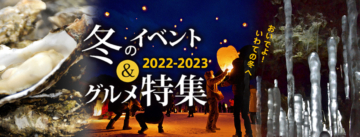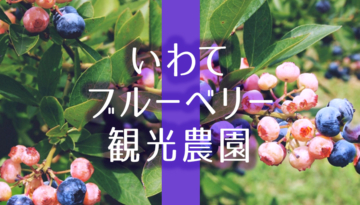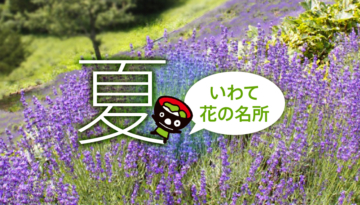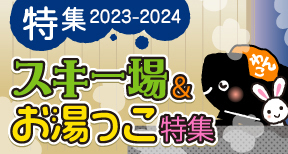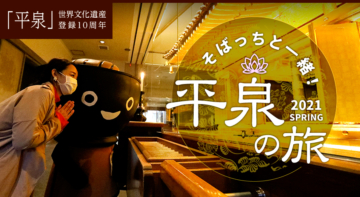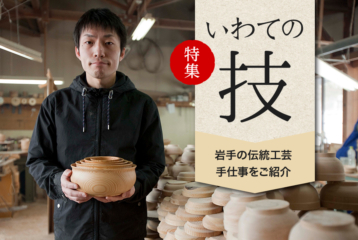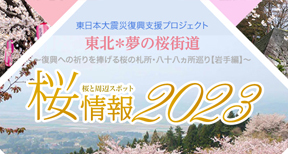Kitakami City Park “Tenshochi”
Along the Kitakami River, from the foot of Sango Bridge, there is an approximately 2km line of cherry blossom trees that has been selected as one of the ``Top 100 Cherry Blossom Spots.''
There are 10,000 cherry trees and 100,000 azaleas in the park, which soothe the hearts of visitors.
In addition, there is a rest house modeled after the rice storehouse of the Nanbu clan, a monument to the Kitakami Yokyoku song, a restored large sailing ship of the Nanbu clan's ship "Hirata-bune" in the Kitakami River cove, and 29 historical buildings such as old folk houses, merchant houses, and samurai residences. There is also the ``Michinoku Folk Village,'' a relocated and restored building, the ``Hachiro Sato Memorial Museum,'' the ``Toneyama Mitsuto Memorial Museum,'' promenades, and cycling paths, which can be enjoyed throughout the year.
[Kitakami Tenshochi Cherry Blossom Festival] Usually mid-April to early May
Kitakami City
Southern Iwate
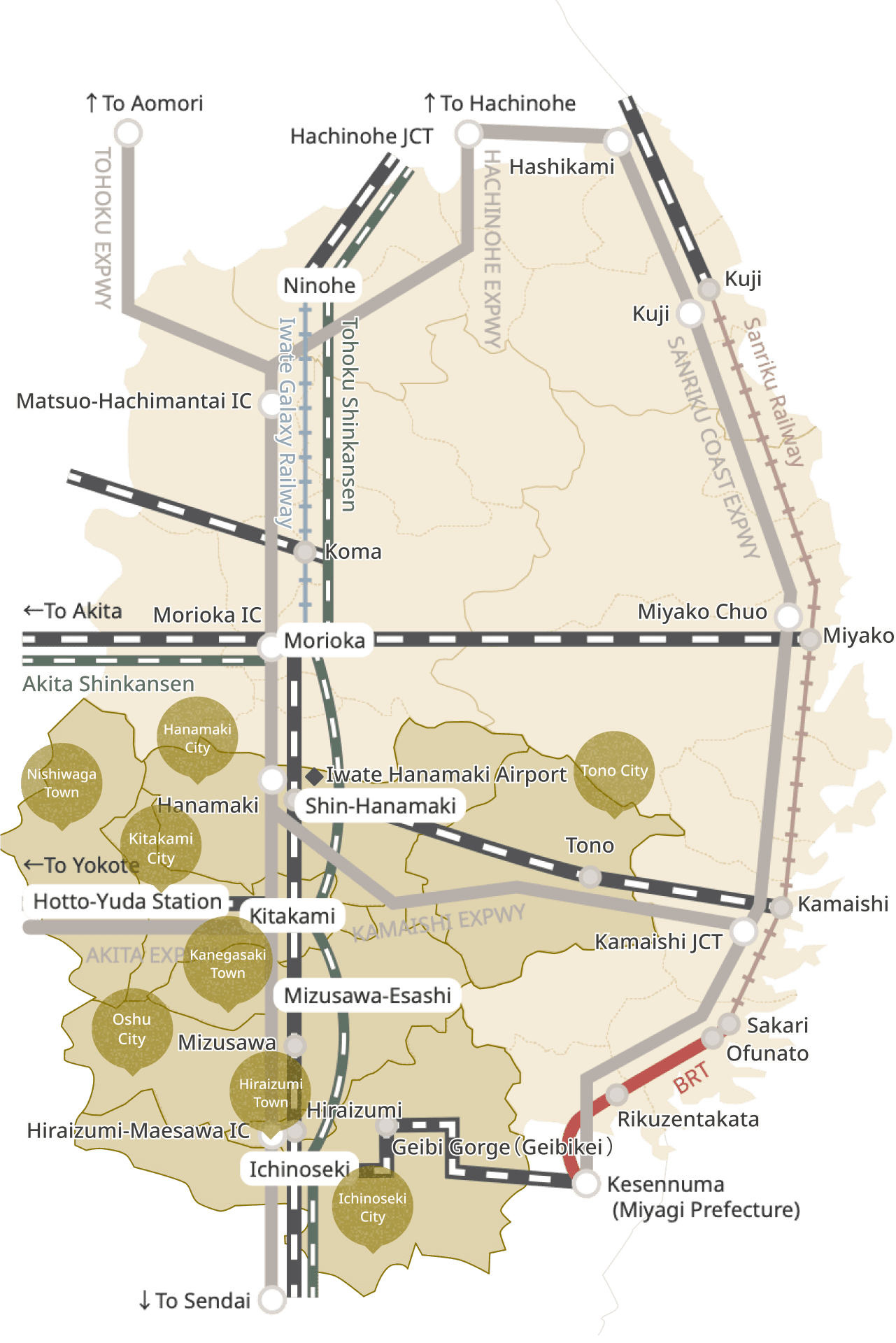


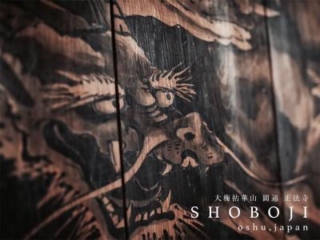

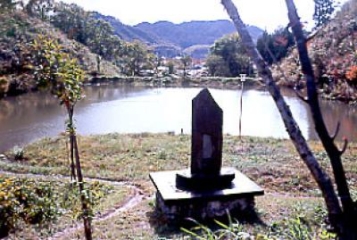
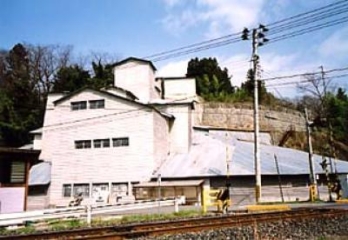
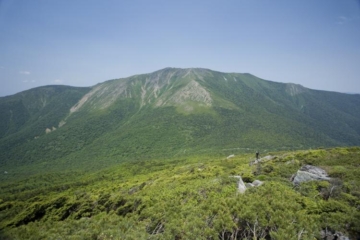
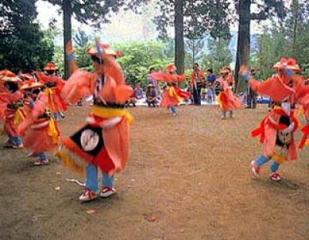
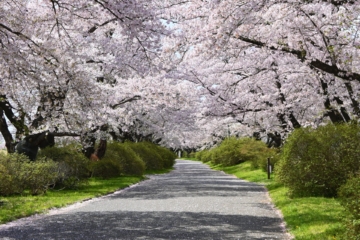
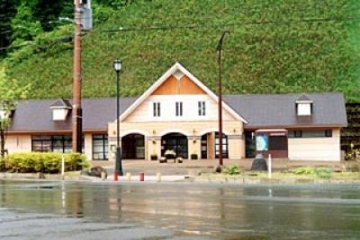
![[Oshu Pretaku] Exploring the universe and visiting great people](https://iwatetabi.jp/wp/wp-content/uploads/2024/03/173-320x240.jpg)
![[Oshu Pretaku] Visiting places related to the Abe family and Hiraizumi](https://iwatetabi.jp/wp/wp-content/uploads/2024/03/81-320x240.jpg)
![[Tono sightseeing model course] – Strangely shaped rocks and stone monument course –](https://iwatetabi.jp/wp/wp-content/uploads/2024/03/799-257x240.jpg)
![[Iwate Fully Enjoyable Model Course] World Heritage Site Hiraizumi and History and Culture Trip](https://iwatetabi.jp/wp/wp-content/uploads/2024/03/652-320x240.jpg)
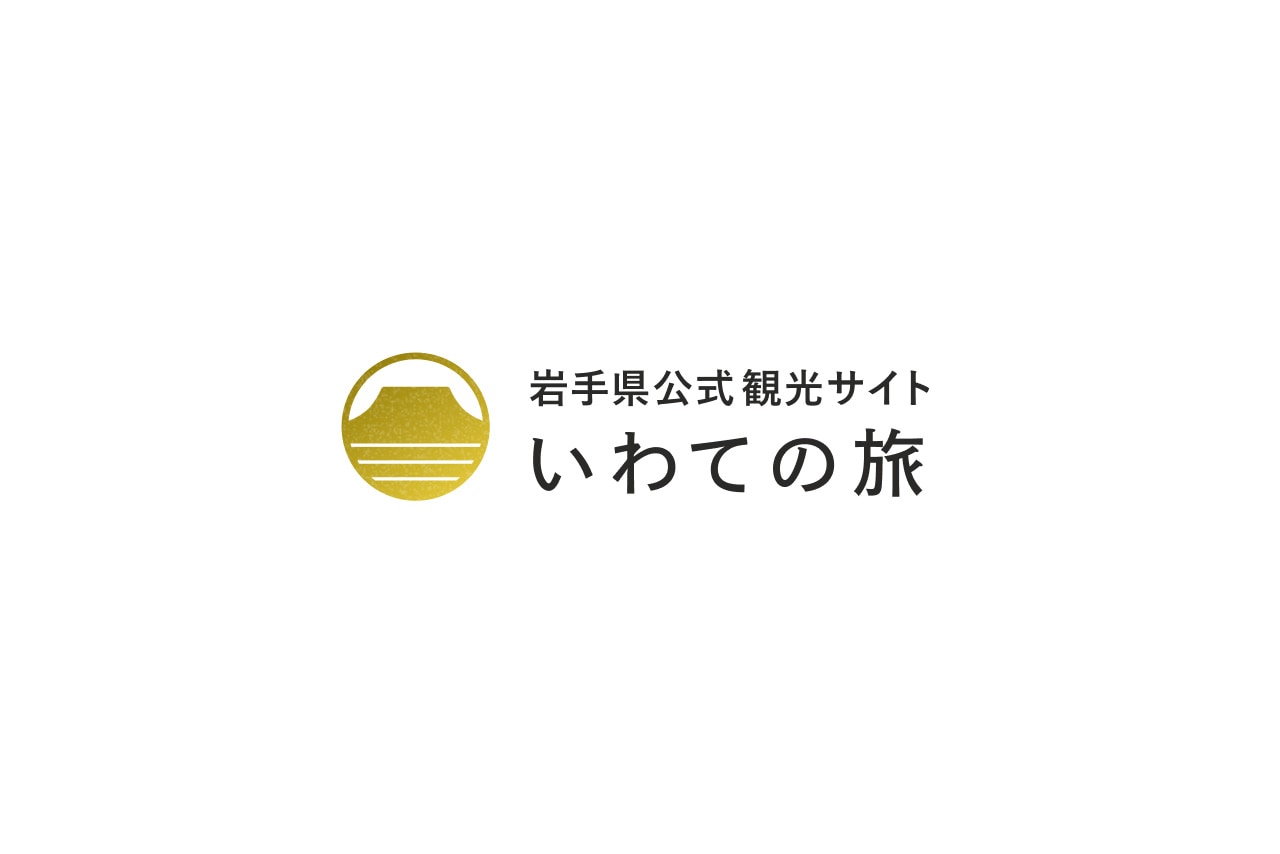
![[Sightseeing taxi] Yamaneko (afternoon course)](https://iwatetabi.jp/wp/wp-content/uploads/2024/04/7d1110a818fe425021be85553cb88191-360x240.jpg)
![[Hiraizumi Walk] Day trip course](https://iwatetabi.jp/wp/wp-content/uploads/2024/03/1299-317x240.jpg)
![[Tono sightseeing model course] ~Tono story course~](https://iwatetabi.jp/wp/wp-content/uploads/2024/03/1581-352x240.jpg)
